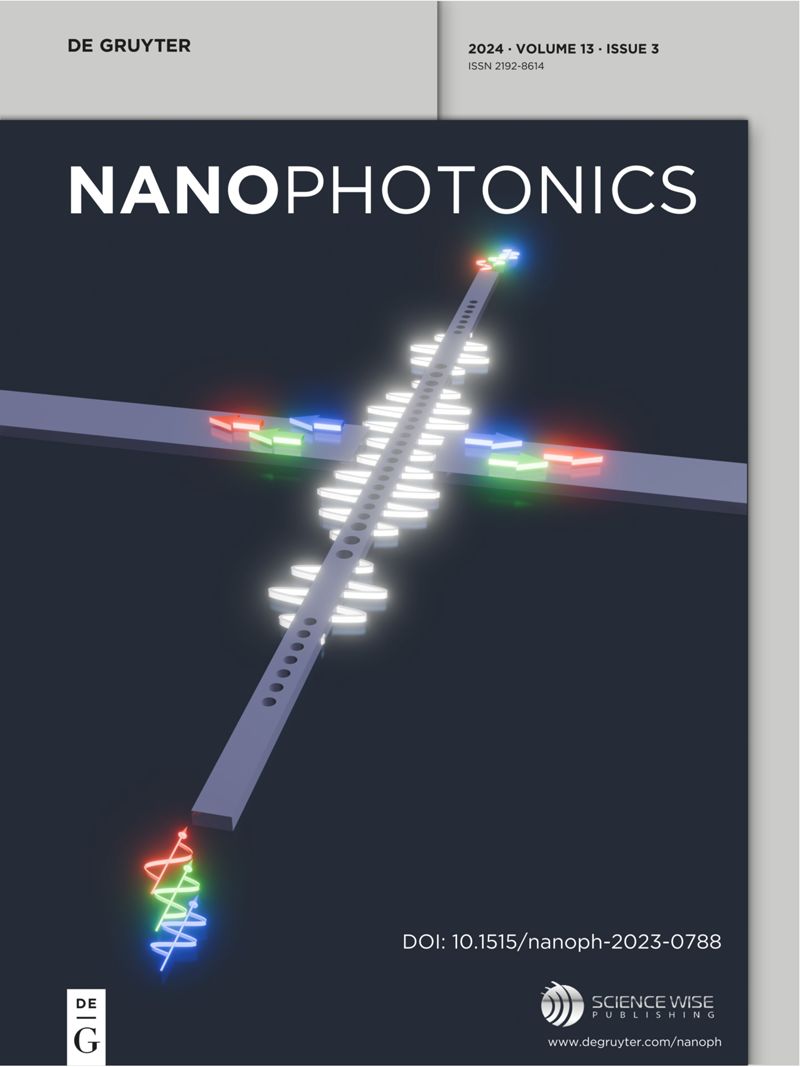Radial rotation of cell-pair under beam mode coupling effect of microcavity cascaded single fiber optical tweezers
IF 6.5
2区 物理与天体物理
Q1 MATERIALS SCIENCE, MULTIDISCIPLINARY
引用次数: 0
Abstract
This article presents a control method for radial cell-pair rotations using a single-fiber manipulation technique that combines microcavity cascade optical tweezers with optical fiber mode coupling technology. It explores the mechanisms of cell manipulation under the influence of mode coupling and capillary fluid forces. By controlling the angle of fiber twisting and utilizing the birefringence effect along with the principle of beam mode coupling, it is possible to achieve precise and regular variations in the energy of the LP21 mode beam spot, thereby altering the magnitude and direction of the forces acting on the cell-pair, which induces a tendency for rotational motion. The microcavity cascade optical tweezers provide a small capillary fluid force and serve to isolate the cell-pair from the external environment, allowing it to respond to changes in beam spot energy within a stable microcavity space, thus enabling controllable rotations in both direction and angle. The combination of microcavity cascade optical tweezers with beam mode coupling technology achieves, for the first time, radial cell-pair rotations driven by a single fiber, which holds significant implications for the study of polarized cell migration as well as the investigation of tissue fluidity and connectivity dynamics in cancer prediction.求助全文
约1分钟内获得全文
求助全文
来源期刊

Nanophotonics
NANOSCIENCE & NANOTECHNOLOGY-MATERIALS SCIENCE, MULTIDISCIPLINARY
CiteScore
13.50
自引率
6.70%
发文量
358
审稿时长
7 weeks
期刊介绍:
Nanophotonics, published in collaboration with Sciencewise, is a prestigious journal that showcases recent international research results, notable advancements in the field, and innovative applications. It is regarded as one of the leading publications in the realm of nanophotonics and encompasses a range of article types including research articles, selectively invited reviews, letters, and perspectives.
The journal specifically delves into the study of photon interaction with nano-structures, such as carbon nano-tubes, nano metal particles, nano crystals, semiconductor nano dots, photonic crystals, tissue, and DNA. It offers comprehensive coverage of the most up-to-date discoveries, making it an essential resource for physicists, engineers, and material scientists.
 求助内容:
求助内容: 应助结果提醒方式:
应助结果提醒方式:


